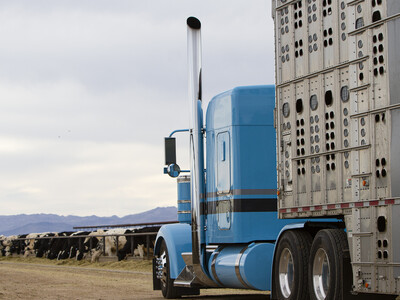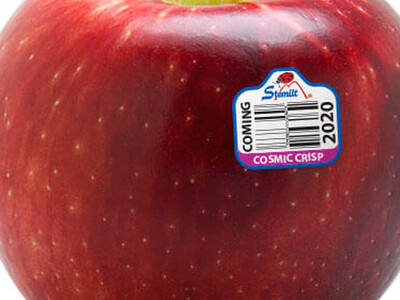Bug Vacuum
It's a data collection tool that's been around for a while both in Europe and the last two decades in the U.S., one that gathers insects to determine information such as flight patterns, geographical distribution, and with a network of such tools, the ability to glean so much more data. USDA researcher Glenn Hartmann says suction traps have by some, been given the nickname bug vacuum. With a series of these traps, a wide range of data on insect varieties pertinent to a particular region can be collected, then compared and studied to shed light on matters such as insecticide resistance to expansion into new areas. This, in turn, could aid researchers in developing new methods to control these pests.It's just like the tip of the iceberg finding what we've done so far. There's a lot more that could be done with these traps over the decades, really. It's really just known as a suction trap. And these suction traps are not new. They've been used in different places. I think perhaps Europe was the first to start using these some 50 plus years ago to capture insects out of the air. We just kind of adopted and expanded it to other states. So it's a large cylinder that sticks up about nearly 20 feet in the air and has a motor at the bottom of it that draws in the air, pulling air particles into it, into basically a collection jar. And that's where the insects are.

















